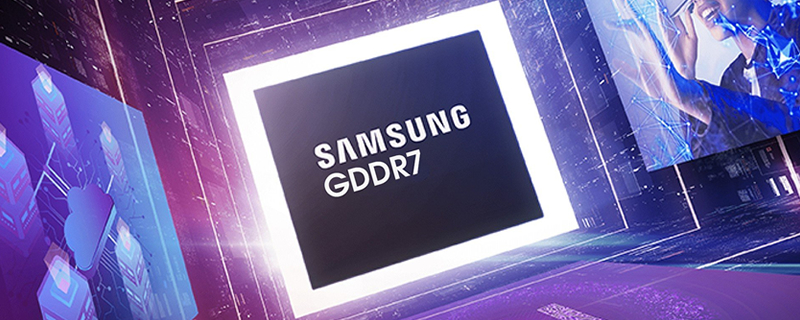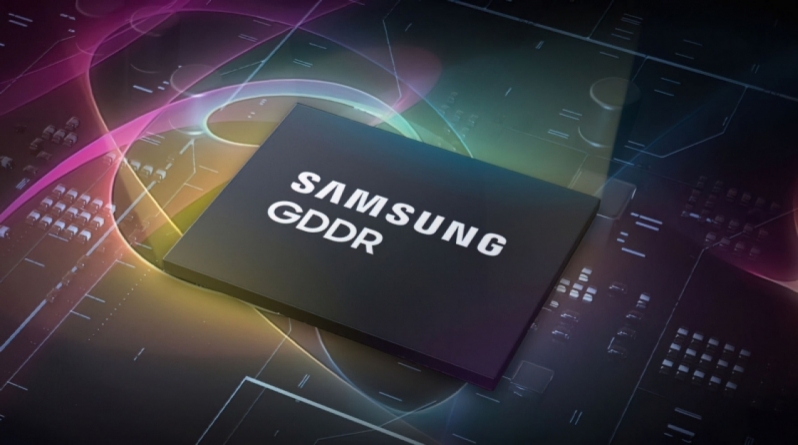Cadence reveals GDDR7’s technical details
Cadence gives us a glimpse of GDDR7’s memory performanceÂ
Memory performance has become a major limiting factor for new chip designs, especially within the GPU market. There’s a reason why AMD has invested in Infinity Cache with RDNA 2 and RDNA 3, and why Nvidia was quick to adopt GDDR6X memory with Ampere and dramatically increased the cache sizes of their RTX 40 (Ada) series GPUs. The GPU market needs GDDR7, and Cadence is paving the way towards GDDR7 with the release of the “industry’s first GDDR7 verification solution”.Â
With the release of their new GDDR7 verification software package, Cadence has revealed many of the features and improvements that GDDR7 memory will make over GDDR6. For starters, GDDR7 is targeting speeds of 36,000 MT/s and aims to use more advanced PAM3 signalling methods.
Today, AMD’s RX 7900 XTX uses 20 Gbps GDDR6 memory and Nvidia’s RTX 4090 uses 21Gbps GDDR6X memory, and both use a 384-bit memory bus to offer users around 1Tb/s of total memory bandwidth. With GDDR7, 36 Gbps of bandwidth is targeted, which on a 384-bit memory bus would deliver users 1.728 TB/s of memory bandwidth. That level of memory bandwidth would be transformative for future GPUs and games consoles.Â
With GDDR7, JEDEC have opted to utilise PAM3 signalling to enable high speed data transmissions and higher levels of power efficiency than GDDR6. Additionally, GDDR7 memory will be able to handle independent commands in parallel, which can increase the performance and efficiency over GDDR6’s single command issues.
To increase power efficiency during workloads where high levels of bandwidth are unnecessary, GDDR7 memory can also utilise NR signalling to ease the load on memory controllers and increase power efficiency during low load scenarios.Â
With GDDR7, memory speeds are due to increase dramatically without a corresponding increase in memory power consumption. Sadly, it remains unknown when GDDR7 memory will become available, though it is probable that AMD and Nvidia are already planning to utilise this new memory type with their next-generation Radeon and GeForce products.
Recent GPU releases from AMD and Nvidia have released every two-ish years, which means that we should expect new graphics cards from both camps sometime in mid-late 2024. This is likely when we will see GDDR7-powered products from AMD and Nvidia, giving gamers and developers access to incredible levels of memory bandwidth.Â
You can join the discussion on GDDR7’s technical details on the OC3D Forums.




